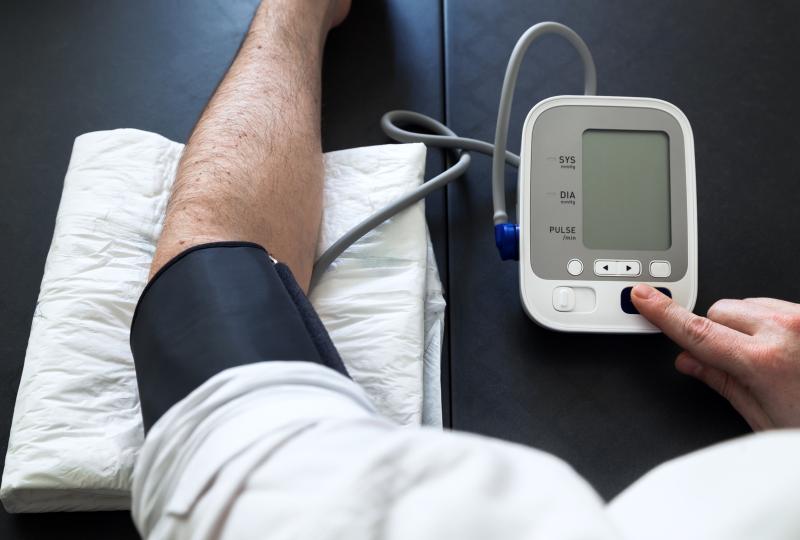 The new AHA guidelines has lowered the blood pressure limit to 130/80mmHg from 140/90mmHg. Does it really matter?
The new AHA guidelines has lowered the blood pressure limit to 130/80mmHg from 140/90mmHg. Does it really matter?Home-measured orthostatic hypotension (HOH) appears to be a risk factor for cerebral small vessel disease (CSVD) in older adults, a recent study has shown.
The study included 663 community-dwelling elderly adults (mean age, 68.57±5.67 years; 56.6 percent female) who self-measured their blood pressure at home. Brain magnetic resonance imaging was performed to assess CSVD markers, such as white matter hyperintensities (WMH), lacunes, and microbleeds.
More than half (n=352) of the participants had had no episode of HOH, while 214 and 97 patients had 1 and ≥2 HOH episodes, respectively. Patients who had ≥2 HOH episodes also showed higher home orthostatic systolic blood pressure and change in the hope supine-to-orthostatic diastolic blood pressure.
WMH was likewise significantly increased in patients with ≥2 HOH episodes, as were the total number of lacunes and the enlarged Virchow-Robin spaces (EVRS; p<0.001 for all). The prevalence rate and total number of microbleeds were also higher in the ≤2-HOH vs ≤1- and no-HOH groups (p<0.05).
Multiple linear regression analysis confirmed that having ≥2 episodes of HOH was a significant and positive correlate of WMH volume (β, 1.535, 95 percent confidence interval [CI], 1.289–1.782; p<0.001). It was also significantly associated with the ratio between WMH and total intracranial volume (TIV; β, 0.103, 95 percent CI, 0.085–0.122; p<0.001).
“[O]ur investigation indicated that the presence of HOH episodes was an independent risk factor for CSVD in the community-based older population. HOH monitoring deserves more attention in association with the management of patients with chronic cardio- and cerebrovascular diseases,” the researchers said.